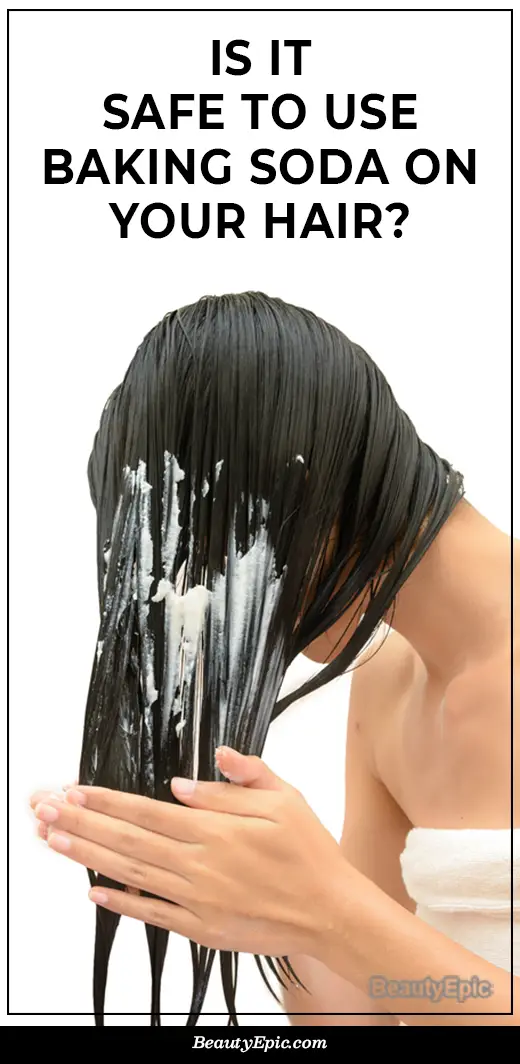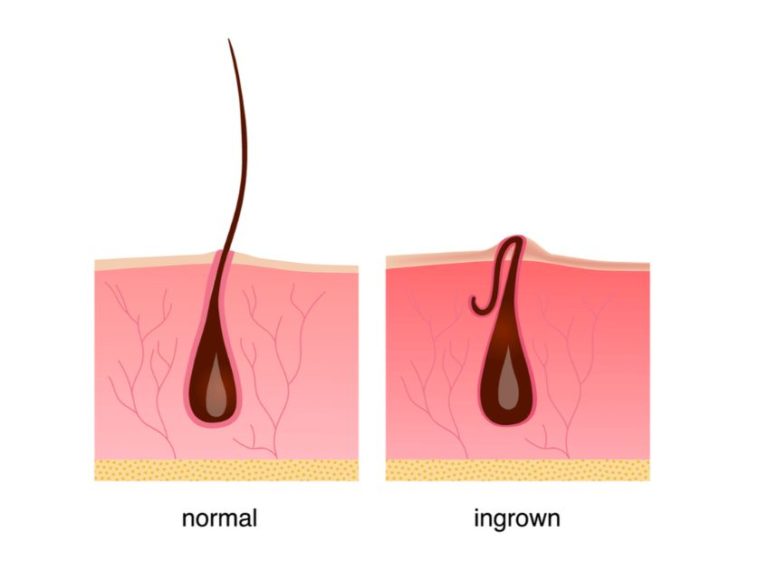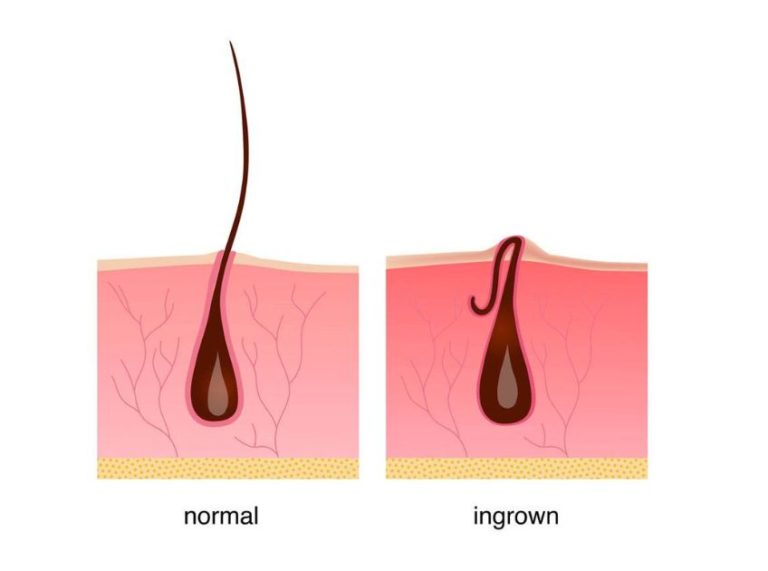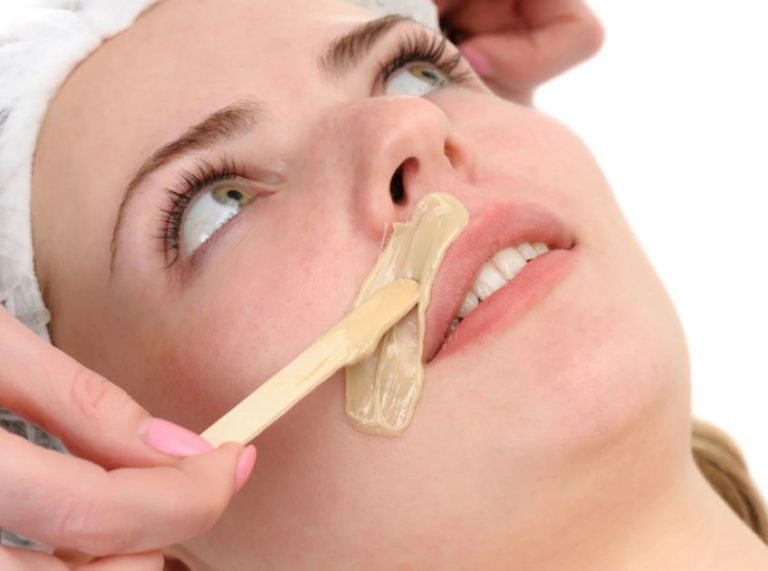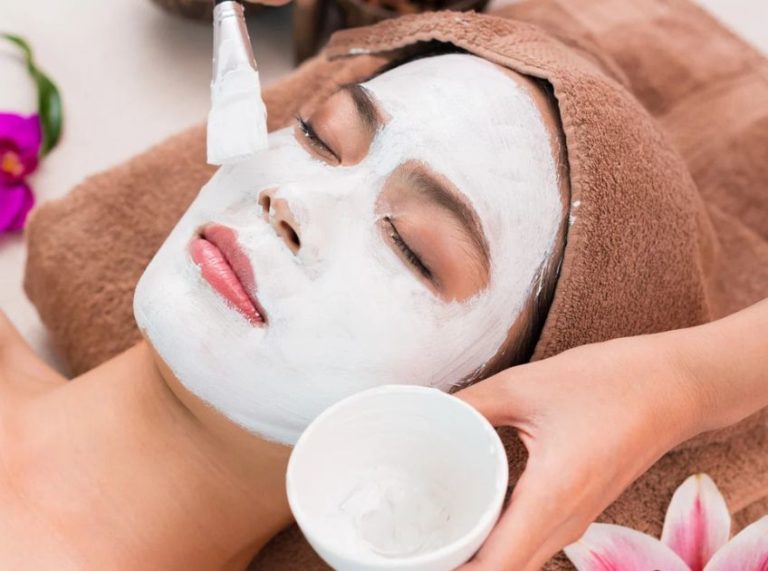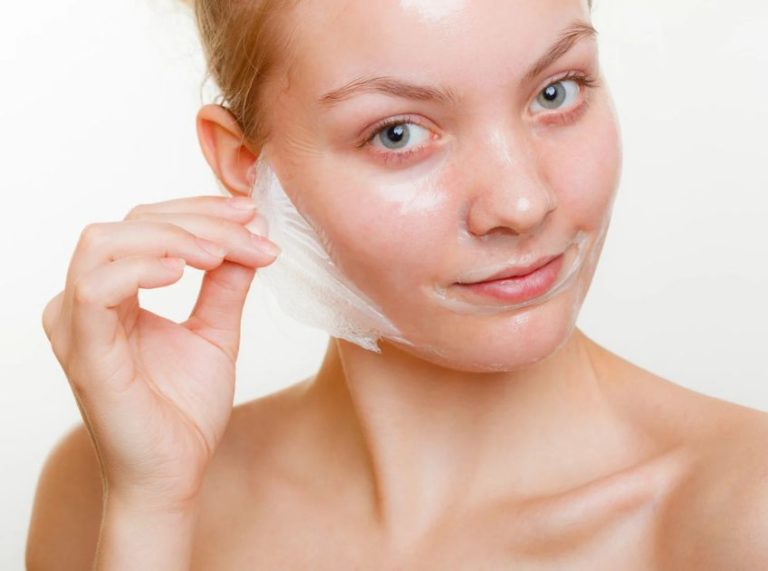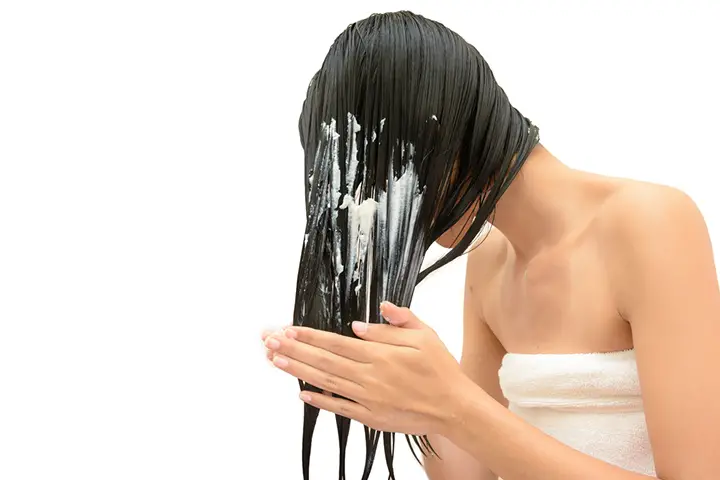
Important: This article is for informational purposes only. Please read our full disclaimer for more details.
You can find a lot of information on the internet suggesting baking soda for getting beautiful hair. It is also claimed to be a good hair cleanser. But just because it is natural, doesn’t imply that it is safe for your hair. Let us see more details to understand its benefits and risks.
Benefits of Using Baking Soda on Hair:
Here are Some Advantages of Using Baking Soda
- Removes oil build-up along with build-ups of other hair care products.
- Acts as an exfoliant and hence efficiently removes dead cells from the skin.
- Rising hair with baking soda and apple cider vinegar, restores the natural pH of the scalp. It should be used just once a week.
[ Read: How to Lighten Hair Using Baking Soda ]
Risks of Using Baking Soda on Hair:
- Research shows that Baking soda’s pH is 9 and our scalp’s pH is 5.5. So this is much alkaline and can damage the scalp, besides making the hair frizzy because of an increase in static electricity,
- Hair cuticles are opened up by it, which leads to water absorption. But when this happens in excess, the roots weaken.
- Abrasiveness of baking soda makes it a harsh product for the hair. It can remove the natural oils from the scalp, leading to excessive dryness. This will make the hair appear dull.
- The delicate hair fibers can get torn by the abrasiveness of the baking soda, causing split ends and irritated scalp. So people with dry skin must never use it.
[ Read: How to Remove Hair Dye Using Baking Soda ]
Should You Use Baking Soda?
Yes, you can use it only if your skin is not dry. Those having medium to oily skin can use it. Also, it is important to condition the hair thoroughly after using it to ensure that the scalp has enough moisture and the hair remains free from frizz. You can also use some organic oils like coconut oil to protect from damage.
Safety Tips to be Followed While Using Baking Soda for Hair:
- Never leave the baking soda solution on hair for a longer duration because this will lead to hair damage.
- The paste should have baking soda and water in the ratio of 1:3 since it has higher pH. A lot of water is needed for ensuring that pH comes to a safe zone.
- It is better to mix a teaspoon of baking soda in a 16-ounce water bottle instead of making it into a paste. This cloudy solution will still be quite efficient when massaged onto the scalp for just 2 minutes.
- Make sure to rinse the scalp thoroughly to avoid chances of irritation due to any residual baking soda.
- You can use apple cider vinegar on the cleaned hair to ensure that the scalp pH restores to normal. This is essential for avoiding dryness and frizziness.
- Always deep condition your hair with natural ingredients to lock in the moisture.
- Observe if there is any degradation of hair quality after using baking soda. If yes, you need to lower the amount, reduce the frequency of use or stop using it completely.
[ Read: How to Treat Dandruff Using Baking Soda ]
Final Words:
Since every person has a different type of hair, the experience with different products will also vary and so is the case with baking soda. If you have a very oily scalp, then make sure to follow all the safety tips enlisted above to prevent any kind of damage by using baking soda on your hair.
You Might Also Like:
- How to Use Baking Soda for Blackheads?
- How to Use Baking Soda for Dark Circles Under Eyes?
- How to Lighten Dark Elbows with Baking Soda?
- How to Whiten Dark Neck with Baking Soda
- How to Lighten Dark Underarms With Baking Soda?
- Top 6 Surprising Side Effects of Baking Soda
- Does Baking Soda Help Clogged Pores?
- Does Baking Soda and Shampoo Lighten Hair?
- Can I Add Baking Soda to My Shampoo?
- 14 Surprising Beauty Benefits of Baking Soda You Must Know!
- 5 Best Yoga Poses for Healthy Liver
- 8 Easy Exеrсіѕеѕ tо Strengthen Your Cоrе
- 8 Best Exercises to Lift Sagging Breasts without Equipment
- Foam Roller Exercises – 9 Best Moves and Its Benefits
